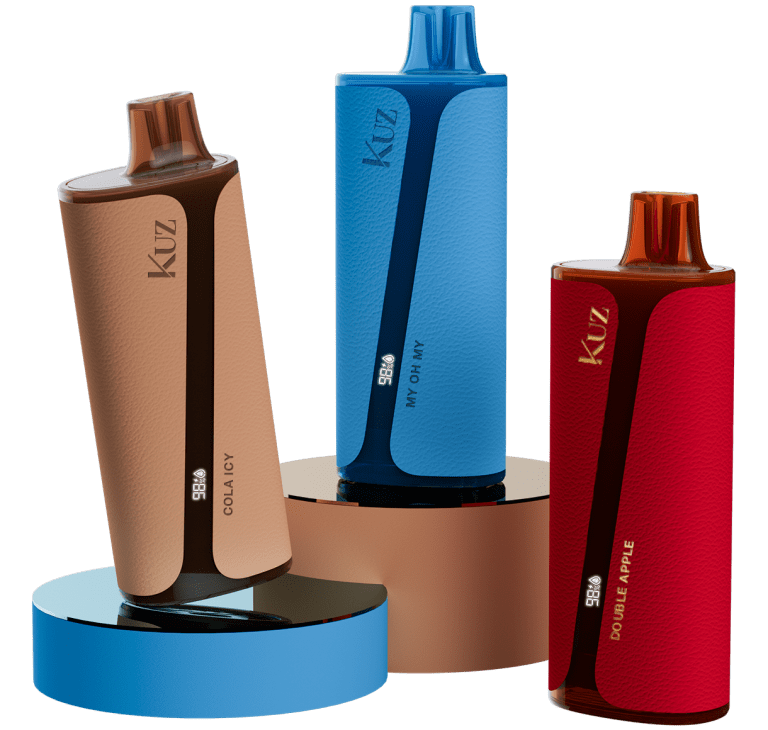As vaping becomes increasingly popular, many enthusiasts wonder about the rules and regulations for traveling with their devices, especially on international flights. While it’s generally acceptable to bring vapes on planes, the specifics can vary widely depending on the airline, the destination country, and local laws. This guide will walk you through everything you need to know to ensure a smooth journey with your vaping gear.
Understanding Airline Policies
The first thing to note is that most airlines follow similar guidelines when it comes to carrying vapes. The Transportation Security Administration (TSA) in the U.S., along with other international airport authorities, typically allow vapes in carry-on luggage, but they prohibit them in checked baggage. This is primarily due to the fire risk posed by lithium batteries, which must remain in the pressurized cabin where they can be monitored.
When packing your vape, ensure it is turned off and stored in a protective case. If you have spare batteries, they should also be stored in your carry-on, ideally in a padded case to prevent any accidental contact with metal objects that could cause a short circuit.
International Considerations
Traveling internationally with a vape adds another layer of complexity. Different countries have varying laws regarding the use and possession of vaping devices. For example, while vapes are legal in most European countries, others like Thailand, Singapore, and Brazil have strict bans. In these countries, possession of a vape could result in hefty fines or even imprisonment.
Before you travel, it’s crucial to research the vaping laws of your destination as well as any countries you may be transiting through. This can usually be done by checking official government websites or consulting with the embassy. In some cases, it may be safer to leave your vape at home and purchase a disposable one at your destination if vaping is permitted.
Packing Vape Gear for Your Flight
When packing your vape gear, keep in mind the restrictions on liquids. Any e-liquid must be in containers no larger than 100ml and placed in a clear, resealable plastic bag, along with other liquids like toiletries. This bag must be presented separately during security screening. Additionally, it’s a good idea to travel with only partially filled bottles to avoid leakage due to cabin pressure changes.
For international flights, consider carrying a small amount of vape juice in your carry-on, with the rest stored in your checked luggage if the destination allows it. Remember, not all countries will have readily available supplies, so plan accordingly.
Vaping Etiquette at Airports and on Planes
Most airports have designated smoking areas where vaping is allowed. However, vaping inside the terminal, especially outside these areas, is usually prohibited and can result in fines. Similarly, vaping on the plane is strictly forbidden, and tampering with smoke detectors can lead to severe penalties.
If you’re unsure whether vaping is allowed, it’s best to ask airport or airline staff before you attempt to use your device. Discreet vaping may seem tempting, but it’s not worth the risk of fines or other legal consequences.
Conclusion: Plan Ahead for a Smooth Journey
Traveling with a vape on international flights is generally straightforward if you follow the rules and plan ahead. Always check the specific regulations of your airline and destination, pack your vape gear securely, and respect local laws and customs. By taking these precautions, you can enjoy your vaping experience without any travel-related hassles.
This comprehensive guide should equip you with the knowledge needed to travel confidently with your vape, ensuring a safe and trouble-free journey every time you fly.



